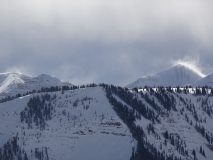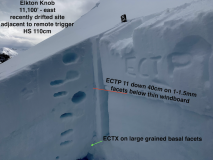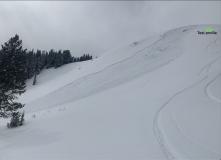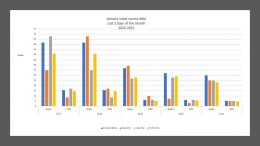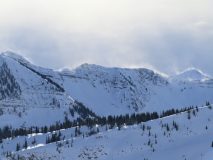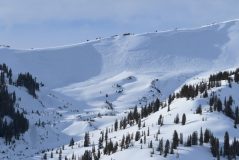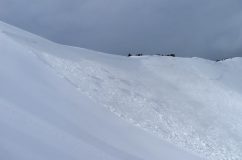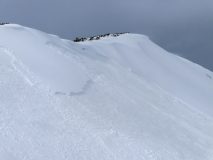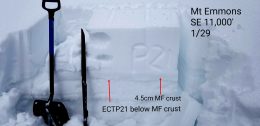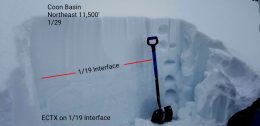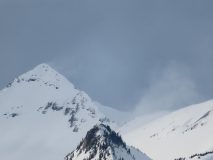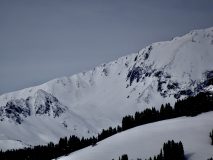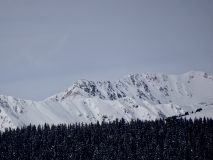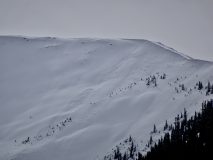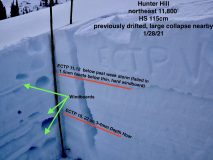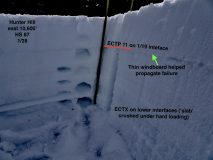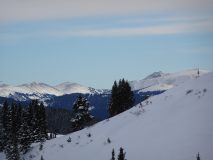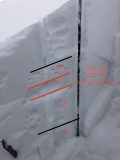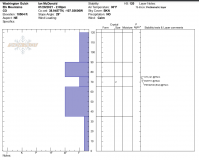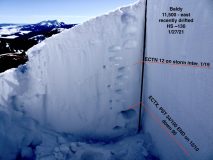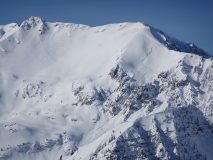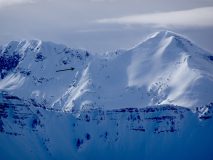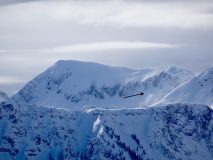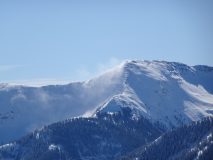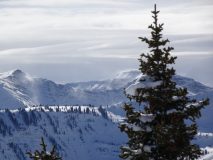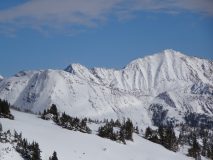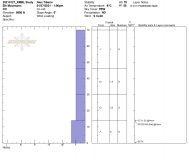Date of Observation: 01/29/2021
Name: Eric Murrow
Zone: Northwest Mountains
Location: Elkton area
Aspect: East, South East
Elevation: 9,400′ – 11,200′
Avalanches: Remotely triggered a small, D1, avalanche on a steep east-facing slope at 11,100′ with previous drifting.
Weather: Mostly cloudy day, but with a few bits of sun and greenhousing. Winds picked up dramatically just after noon. Snow transport was visible across near and above treeline terrain throughout the Ruby Range for a few hours.
Snowpack: Experienced a few small, quiet collapses on drifty near treeline terrain. Dug a test profile adjacent to a remotely triggered avalanche. Slope that avalanched was around 38 degrees (measured from the side not on bed surface might be a bit steeper). Steep, previously drifted slopes remain a concern and seem sensitive to human triggering on the upper Persistent Slab interface. This interface will likely be a real concern with the incoming storm. Descended a 25-degree southeast-facing slope at about 10,400′ feet that had dry surface snow….noticed a few rollerballs on a steep more southerly feature.
Photos:
- Drifting snow in the afternoon
- Test profile adjacent to remotely triggered avalanche on a recently drifted slope
- Remotely triggered slide on near treeline, previously drifted slope – east aspect, 1//29




